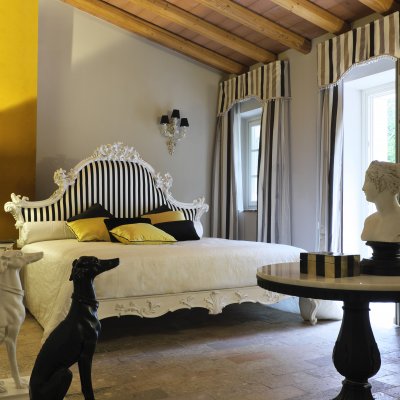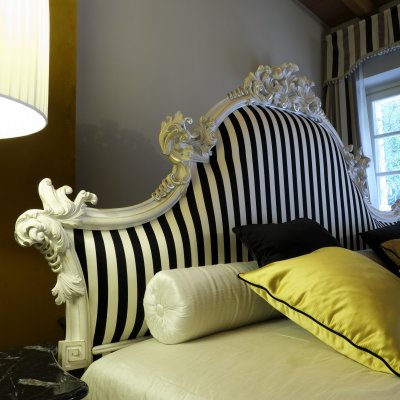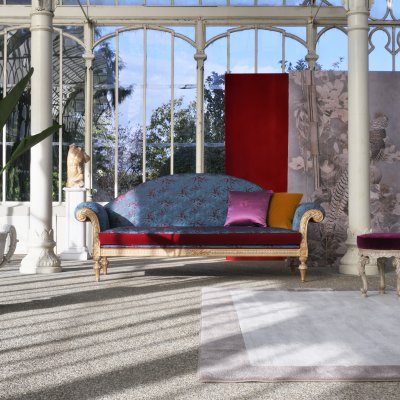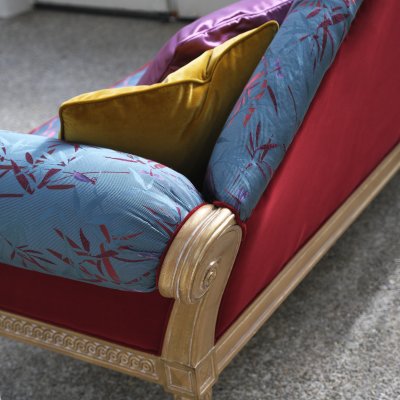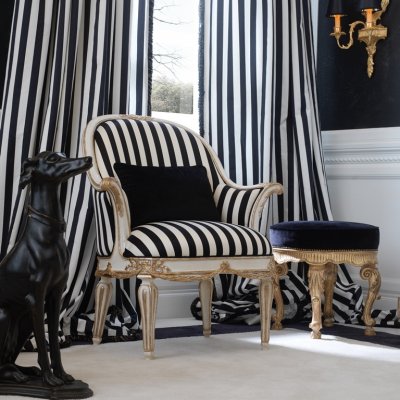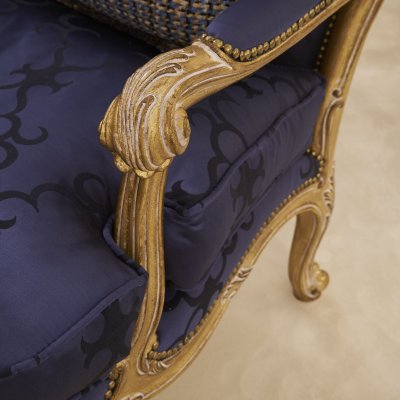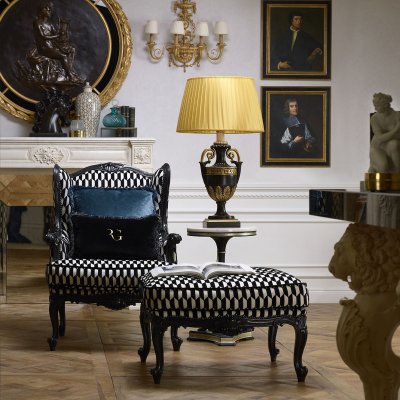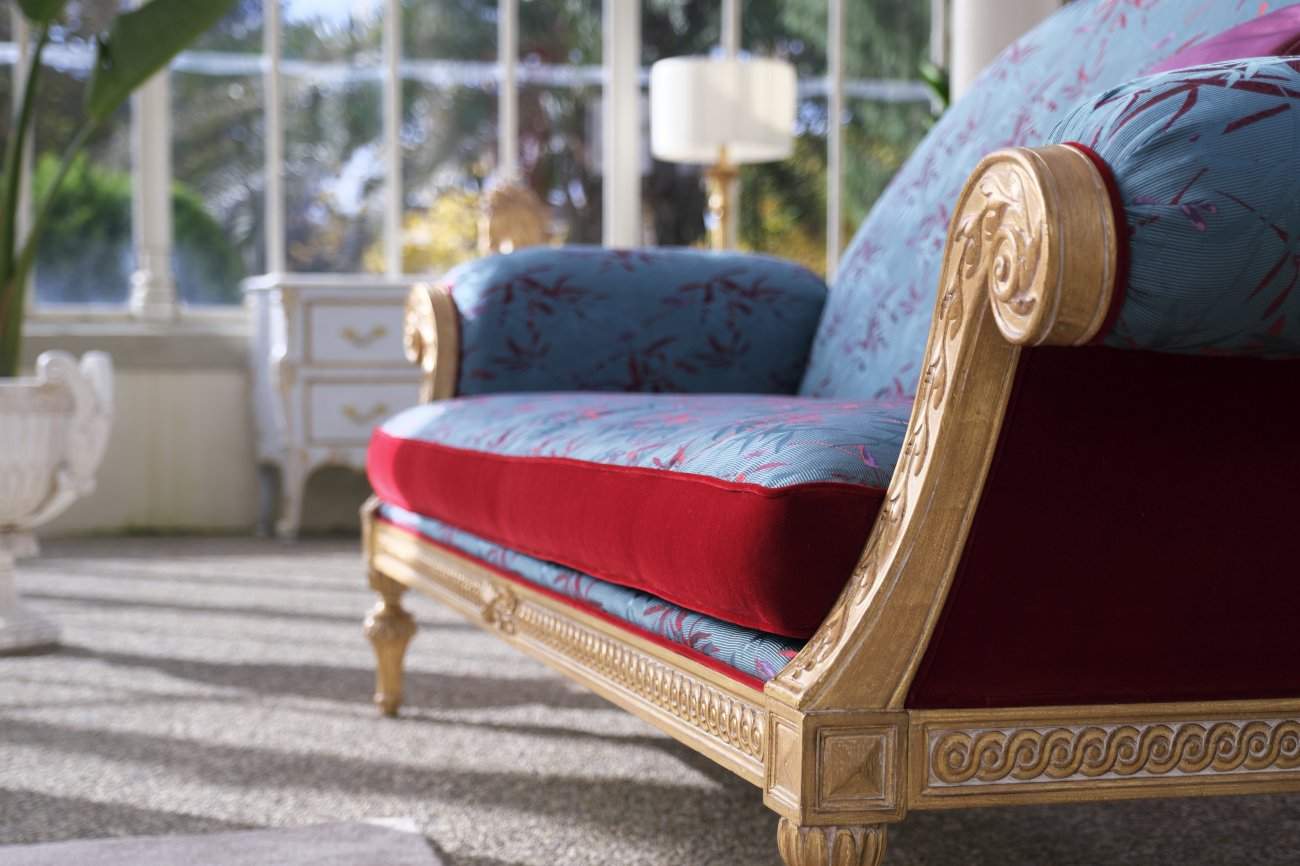
INTERPRETING AND RE-EDITING THE PAST TO INSPIRE DREAMS TODAY
The 'contemporary workshop' is our ability to interpret and re-edit classical artefacts: having completed an understanding of the context, we proceed to the philological interpretation, with knowledge of the historical period's 'implementation practice' having studied all the rules handed down through various documents, drawings, studies and manuals.
And, referring to just a few of Roberto's many meticulous notes, such as those relating to the "Foglia a scartoccio" typical of Florentine Baroque, the drapes and friezes of French Neoclassical Louis XVI, the Cascatine and the Chippendale volutes, we can see the importance of the phase of studying and implementing the period templates in order to create contemporary products which conform to the original model.
Because, as in music, a good interpretation is one that respects the original concept, putting art first, but being able to adapt it to the present day.
The interpreter is an intermediary between the creativity of the designer of the past and the audience of today.
The great classics, in music and in furnishings, are those that are remembered thanks to those who, by interpreting them, were able to make them memorable.
And bringing the concept to the present day does not mean distorting it by mechanically repeating features and stylistic elements, or by arbitrarily applying random finishes and fittings, but by seeking innovative criteria in contemporary culture that can wisely dialogue with the original design, making it at the same time a coherent and dynamically up-to-date re-edition.
The result of this research can be seen in the products created by the renewed art direction, which has been able to mix meticulously re-edited traditional elements with magically effective fabrics, finishes and contexts.
